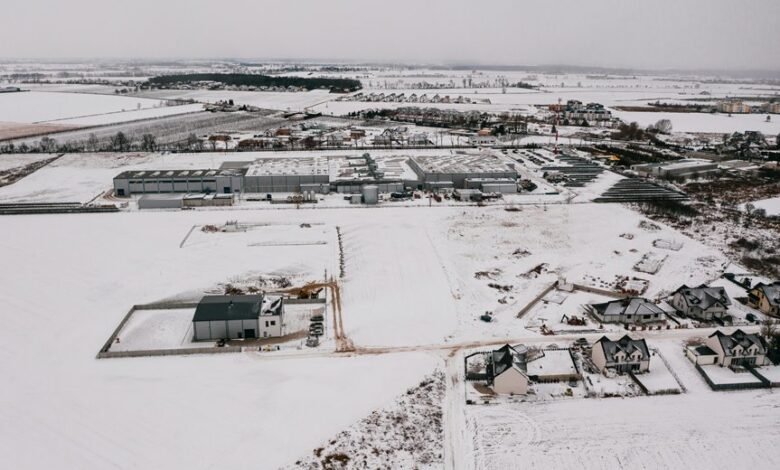473095457 Investigating Regional Breakdown in Call Distribution

The investigation into call distribution patterns reveals critical insights into how regional demographics, geography, and economic factors influence service demand. Urban centers display higher call volumes due to greater population density, while rural areas struggle with resource limitations. This disparity raises questions about the effectiveness of current call management strategies. Understanding these dynamics is essential for organizations seeking to enhance service efficiency and customer satisfaction. What solutions can be implemented to address these challenges?
Understanding Call Distribution Patterns
Although various factors influence call distribution, understanding these patterns is essential for optimizing resource allocation and improving service efficiency.
Call trends often correlate with demographic factors, such as age, income, and geographic location, which can significantly impact the volume and timing of calls.
Analyzing these elements allows organizations to anticipate demands, tailor services, and ultimately enhance customer satisfaction through informed decision-making.
Regional Analysis of Call Volumes
The examination of regional call volumes reveals significant variations influenced by local demographics, economic conditions, and cultural factors.
Call volume trends indicate that urban areas typically experience higher demand due to population density and diverse service needs.
Conversely, rural regions often show lower call volumes, reflecting distinct regional demographics and limited access to services, ultimately shaping the overall distribution of call-related activities.
Impact of Geography on Response Times
Geographical factors play a crucial role in determining response times for calls, as they directly affect the efficiency of service delivery.
Geographic disparities can lead to significant response delays, particularly in rural areas where resources are limited.
Urban environments often experience faster response rates due to better infrastructure and accessibility, highlighting the importance of considering geography when analyzing call distribution and response efficacy.
Strategies for Optimizing Call Management
Response times are influenced not only by geographic factors but also by the effectiveness of call management strategies employed by organizations.
Effective call routing can enhance customer experience by directing inquiries to the most qualified agents.
Additionally, robust workforce management practices ensure optimal staffing levels, reducing wait times and improving service efficiency.
Together, these strategies significantly enhance the overall efficacy of call distribution systems.
Conclusion
In conclusion, the investigation into call distribution reveals significant regional disparities, highlighting the need for targeted strategies. For instance, urban areas can experience call volumes exceeding rural regions by up to 300%, underscoring the challenges faced by less populated areas. This stark contrast emphasizes the importance of understanding demographic and geographic influences on call management. By leveraging these insights, organizations can enhance service efficiency and optimize resource allocation, ultimately improving customer satisfaction across diverse regions.





